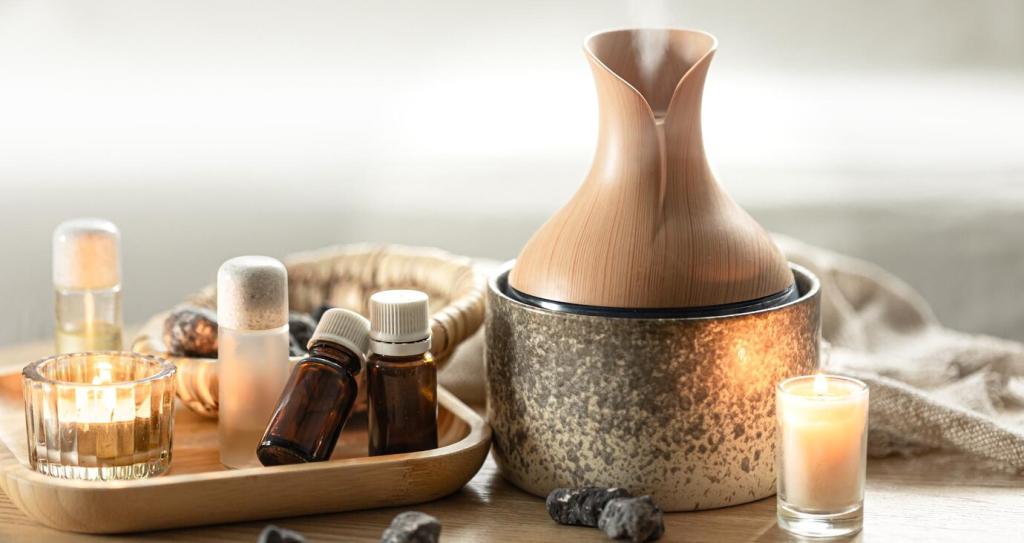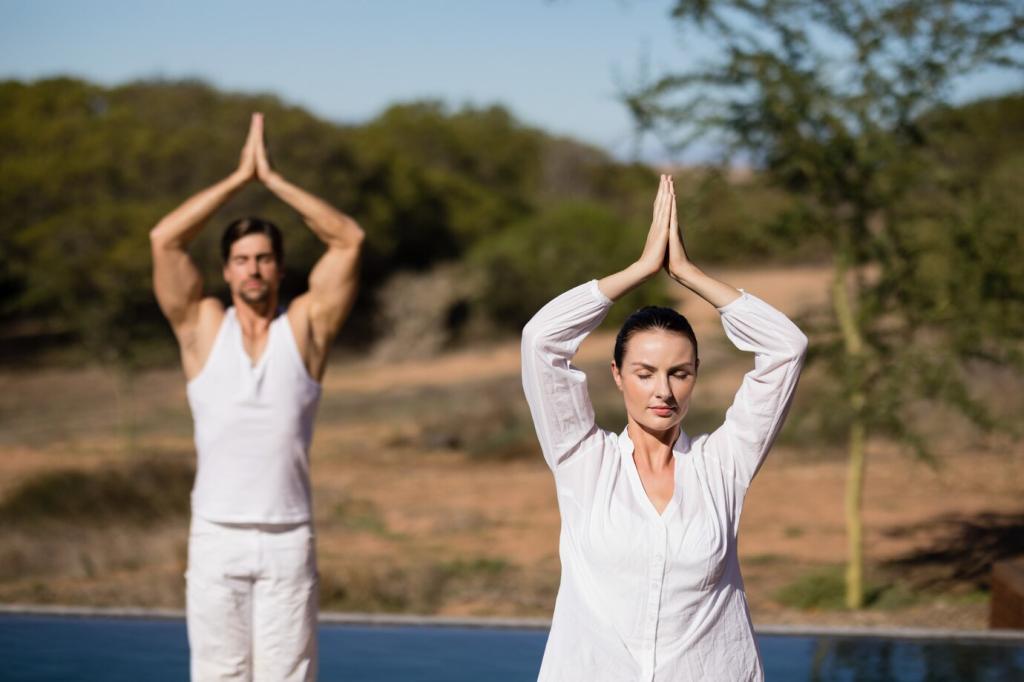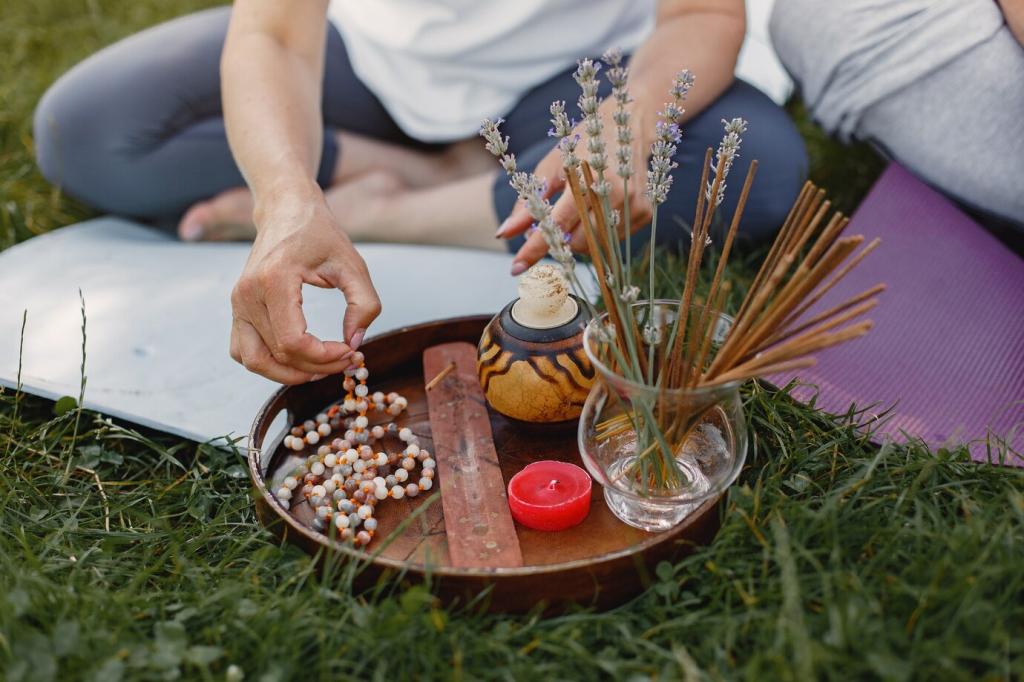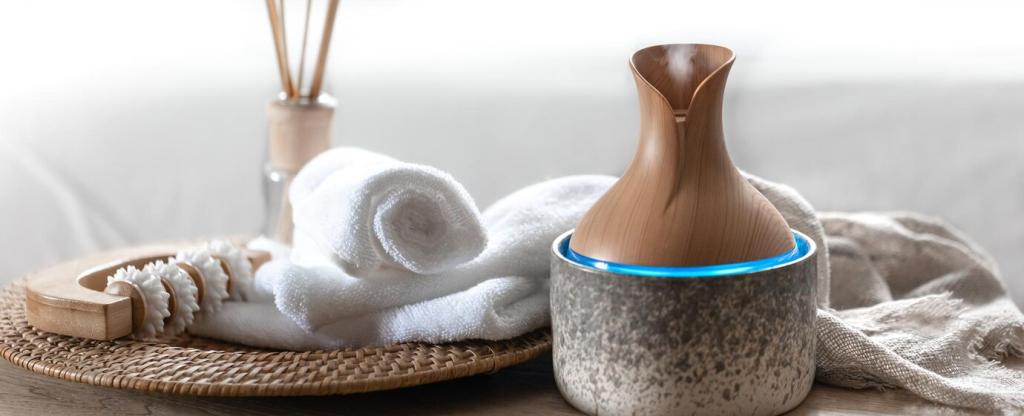Calm Your Body, Free Your Mind: Progressive Muscle Relaxation Techniques
Chosen theme: Progressive Muscle Relaxation Techniques. Welcome to a gentle, evidence-informed journey that teaches you to notice tension, release it intentionally, and rediscover the quiet strength of a rested, responsive body and mind. Subscribe for weekly PMR stories, scripts, and practice tips.
What Progressive Muscle Relaxation Techniques Are and Why They Work
The physiology of tension and release
Progressive Muscle Relaxation techniques leverage the body’s natural switch from sympathetic arousal toward parasympathetic calm. Brief, deliberate tension increases contrast, so release feels unmistakable. As muscles soften, breathing deepens and the nervous system receives steady cues of safety. Share how your breath changes.
A short origin story
Inspired by physician Edmund Jacobson in the 1920s, Progressive Muscle Relaxation techniques were born from meticulous observation: when muscles quiet, minds follow. A violinist once told me PMR steadied her bow before auditions, transforming nerves into focused resonance. What might PMR transform for you?
PMR versus generic relaxation
Unlike vague relaxation, Progressive Muscle Relaxation techniques offer a concrete sequence and measurable sensations: tension, release, warmth, heaviness. You are not guessing—you are training awareness. This reliability suits beginners and skeptics alike. Tell us whether structure helps you relax more consistently and confidently.

Preparing Your Space and Mind for PMR
Choose your anchor
Pick a consistent cue for Progressive Muscle Relaxation techniques: a favorite chair, a folded blanket, or a specific playlist. Repetition turns environments into psychological shortcuts, helping your body anticipate ease. What anchor would remind you to show up, even on complicated, restless days?
Sound, light, and temperature
Moderate lighting, a quiet room, and a comfortable temperature support Progressive Muscle Relaxation techniques by reducing sensory friction. Consider soft instrumental music or white noise if silence feels loud. Experiment this week, and comment which combination produced the most noticeable release for you.
Intention setting
Before starting Progressive Muscle Relaxation techniques, name a gentle intention: clarity, steadiness, or softer shoulders. A single sentence aligns attention and reduces inner chatter. Write yours down, repeat it once, and notice how a focused purpose steadies your practice. Share your intention below.
The Classic PMR Sequence: From Toes to Head
With Progressive Muscle Relaxation techniques, curl toes gently, hold five seconds, exhale, and let warmth spread through feet and calves. Repeat with thighs and hips, noticing heaviness replacing effort. Imagine stepping into sand as tension dissolves. Did the release feel tingling, warm, or simply quieter today?
The Classic PMR Sequence: From Toes to Head
For Progressive Muscle Relaxation techniques, draw the belly slightly inward, then soften and breathe. Lift shoulders toward ears, hold, then melt them down the back. Many feel relief around the collarbones. Track the moment shoulders drop, and tell us whether your breath naturally lengthened afterward.
The Classic PMR Sequence: From Toes to Head
Clench fists for Progressive Muscle Relaxation techniques, open them slowly, and sense a gentle pulse of ease. Scrunch your face, then smooth your forehead and jaw, letting the tongue rest. Finally, soften the scalp. Which facial area surprised you with how much tension it quietly carried?
Minute 0–3: Arrival and breath
Begin Progressive Muscle Relaxation techniques seated or lying down. Inhale gently through the nose, exhale longer than you inhale. Feel the surface beneath you. Whisper, “I am safe enough to soften.” Notice the jaw, eyelids, and hands. Let gravity hold what you have been holding alone.
Minute 3–7: Tension waves
Move through Progressive Muscle Relaxation techniques: feet, calves, thighs, abdomen, chest, hands, arms, shoulders, face. Tense three to five seconds, release seven to ten. After each release, linger and name sensations—warmth, heaviness, or lightness. Your body is learning a fluent language of letting go.
Minute 7–10: Integration and afterglow
Rest in stillness with Progressive Muscle Relaxation techniques. Scan for leftover tight spots and breathe kindness there. Imagine exhaling through the muscles you just softened. When ready, wiggle fingers and toes. Sit up slowly, sip water, and journal one sentence about what changed. Share your sentence below.



PMR for Performance, Pain, and Recovery
Progressive Muscle Relaxation techniques help athletes sense unnecessary tension that blunts speed and accuracy. A sprinter reported smoother starts after practicing calf and hip releases nightly. Pair PMR with visualization for clearer motor patterns. Which muscle group, when softened, gives you the biggest performance payoff?

PMR for Performance, Pain, and Recovery
Jaw clenching and shoulder bracing often feed tension headaches. Progressive Muscle Relaxation techniques untie these knots by retraining patterns, not forcing relaxation. Add gentle neck stretches after releases. Track headache frequency and intensity for two weeks, then share whether PMR shifted your baseline comfort noticeably.

